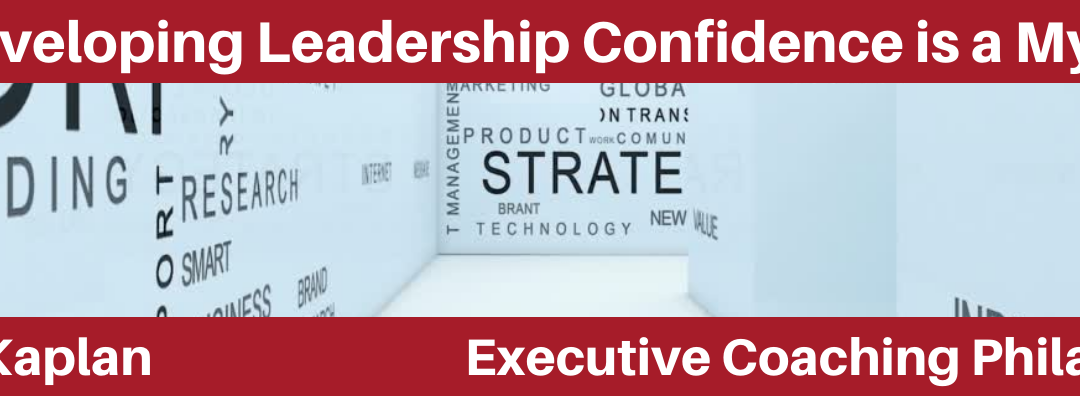Developing Leadership Confidence is a Myth
Unless you`re a narcissist, you have experienced a lack of confidence at some point in your career, likely during a transition to a new role. Coaching clients and their managers often ask for ‘’developing confidence’’ to be part of their leadership development plan. And coaches, including myself, comply.
Next comes the hard part. How do you actually help leaders develop greater confidence within a six-month coaching engagement? What are the action steps?
Confidence is built over time by challenging oneself then meeting these challenges through gaining more knowledge and/or developing more skills.
Through repetition and feedback, we develop greater confidence, and this takes time.
There are creative ways to accelerate the process:
Such as breaking down the goal into smaller tasks, rallying up a support network to provide feedback, actively seeking out training, visualizing success, and so on. That said, all of these, perhaps with the exception of visualization, are actions toward developing greater skill.
Therefore, Confidence comes as a consequence of increased skill. Focusing directly on confidence puts the cart before the horse.
The reason this blog is titled, ‘Developing Leadership Confidence is a Myth’, is because the coaching is focused on developing a skill and confidence comes as a consequence. It is because the energy behind this title, and the nugget I hope you takeaway, is that focusing on developing confidence misses the point and often backfires.
“I want to develop greater confidence” is an ego-based approach. It’s the ego that wants to feel more confident. “I can do this! I got this! Look at me go!”
To read the full version of this blog:
The Full Version of this blog can be found here: blog.
If you are interested in letting me know how this blog helped you, please contact me here.
Dr. Jeff Kaplan is a business psychologist and executive coach who coaches executives and high potentials to lead with heart. Jeff helps leaders to work more collaboratively with others, recognizing that people are an organization’s greatest asset.

